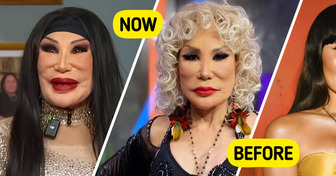Meg Ryan, 62, Garners Compliments for Finally Looking «More Natural» As She Rocks the Red Carpet

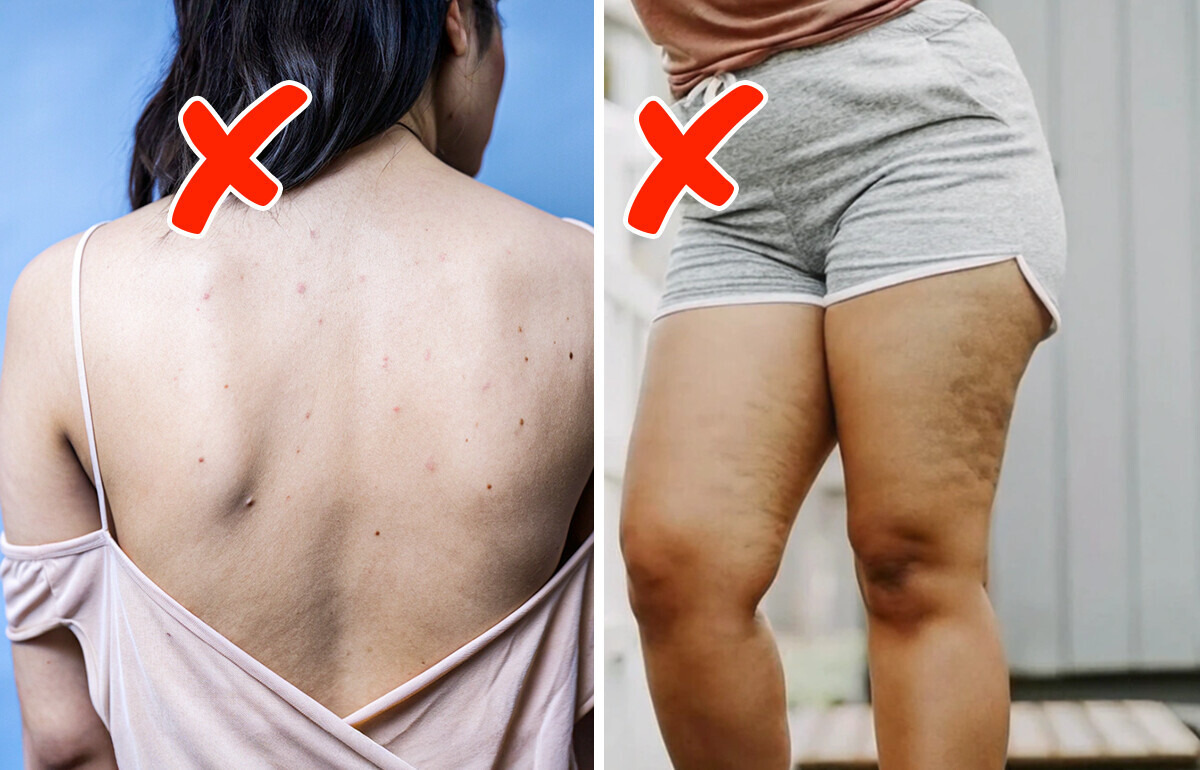
While fashion often leans toward form-fitting styles, wearing tight clothing regularly can do more harm than good. Beyond discomfort, it may lead to a range of health issues that many people overlook. In this article, we explore eight compelling reasons why loosening up your wardrobe could lead to a healthier, more comfortable lifestyle.
Content is provided for informational purposes only and is not intended as a substitute for medical advice. Seek guidance from your doctor regarding your health and medical conditions.
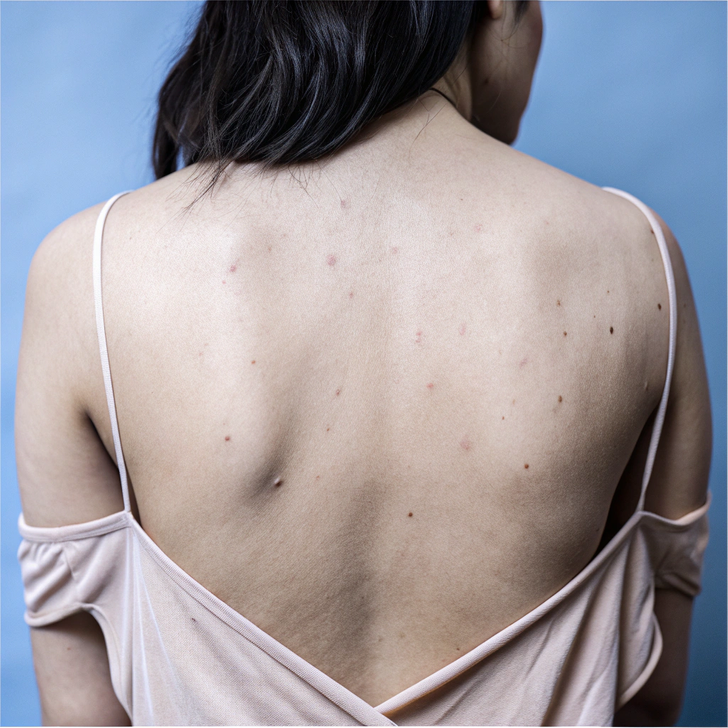
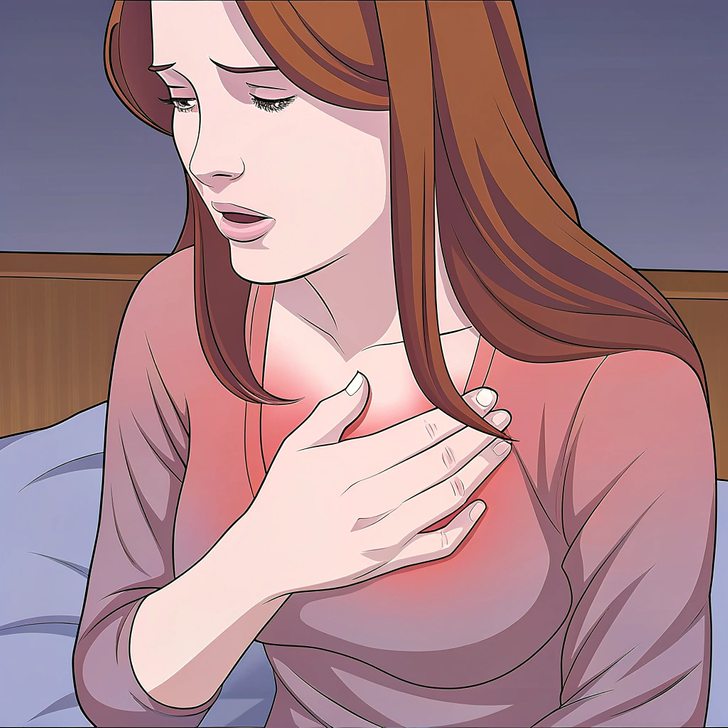
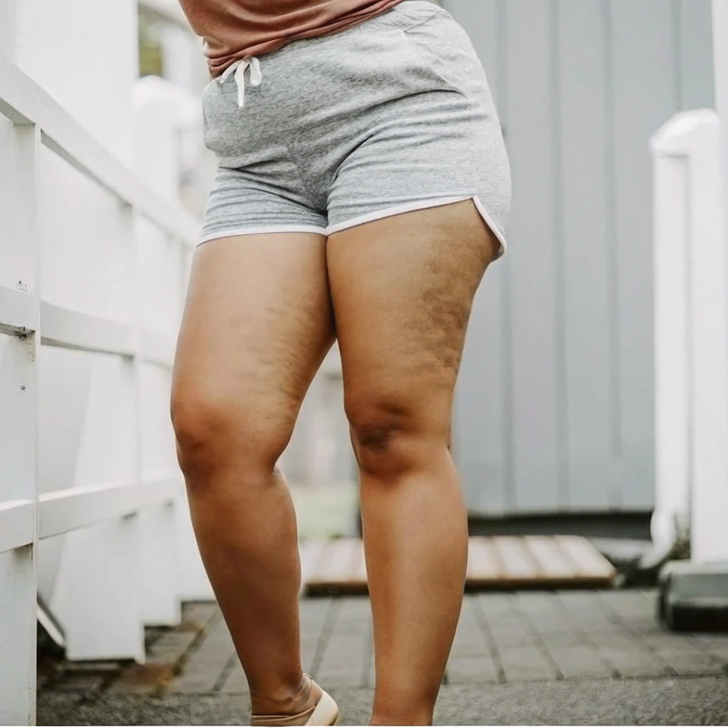
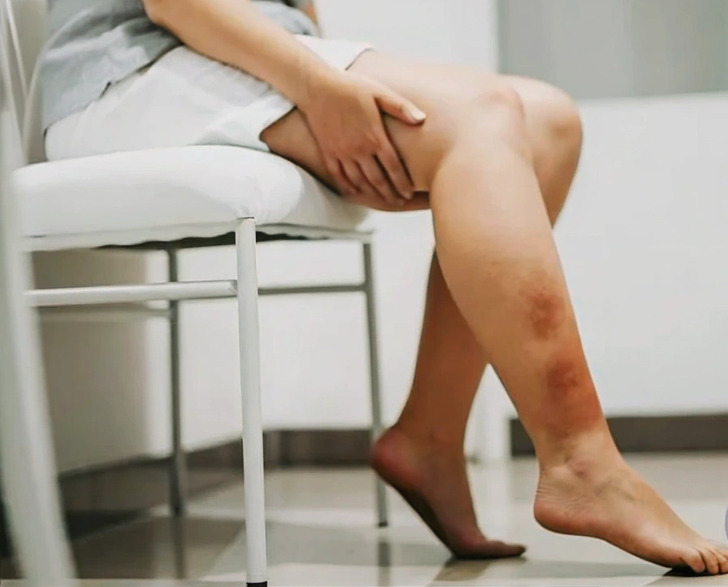
By understanding the risks of tight clothing, you’re one step closer to making smarter, body-friendly fashion decisions. And try to always pay attention to your body signals. Even small eye changes can reveal hidden health problems, and your body can raise some red flags when you might be low in iron.










